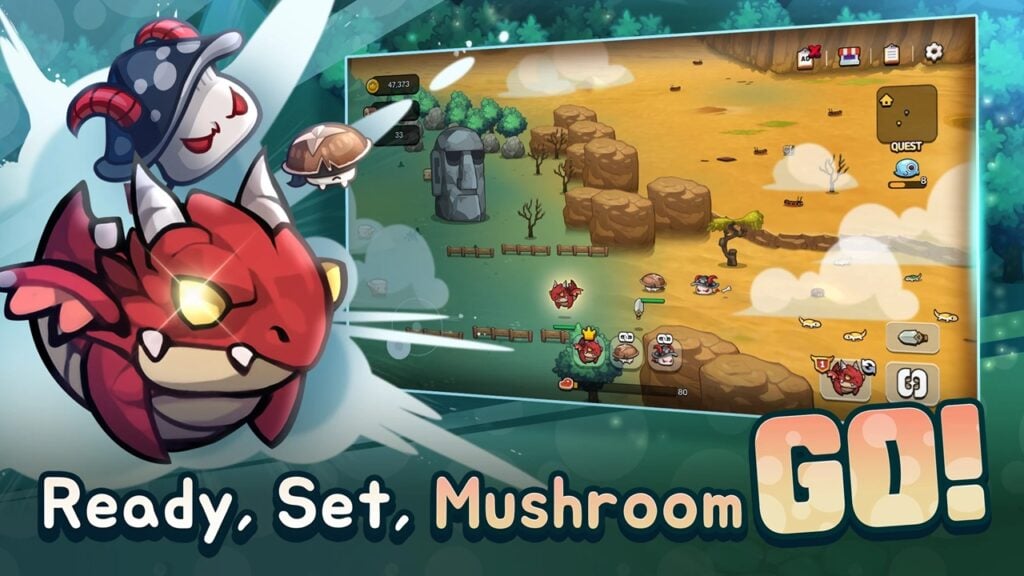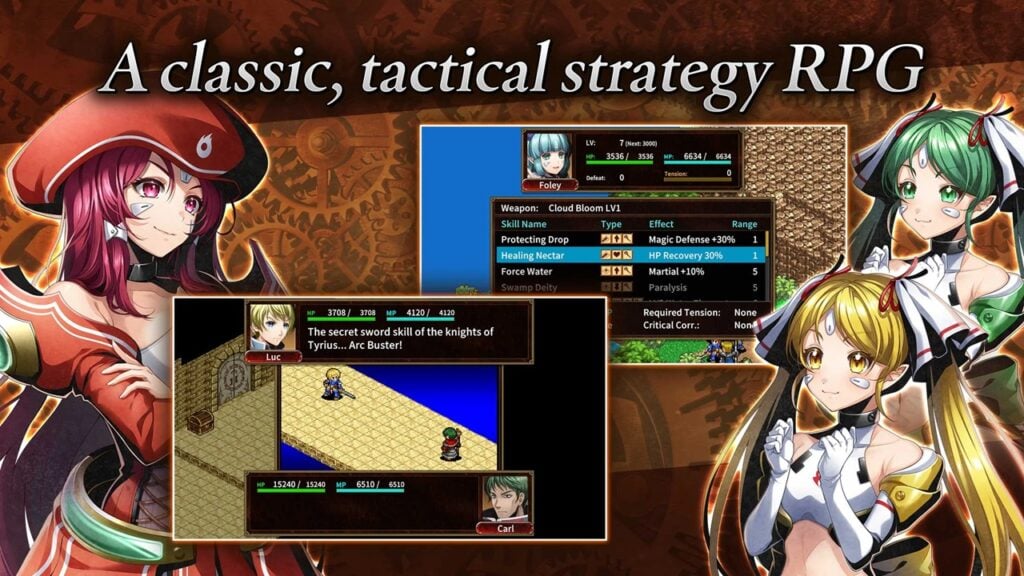Monster Hunter Wilds Redefines the Series with Open World Gameplay
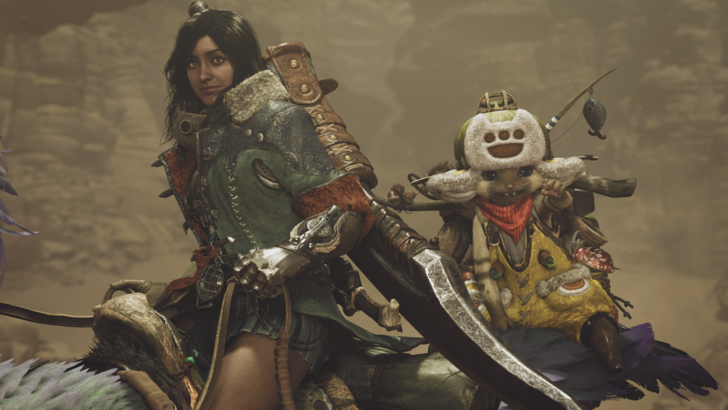
Capcom's Monster Hunter Wilds builds upon the success of Monster Hunter World, revolutionizing the series with an expansive open world.
Related Video
Monster Hunter World: The Foundation for Wilds
Capcom's Global Vision for Monster Hunter Wilds
A Seamless Hunting Experience
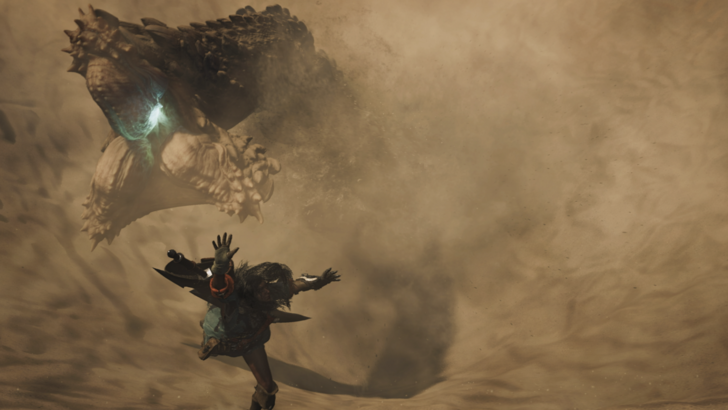
Monster Hunter Wilds introduces a dynamic, interconnected world, a significant departure from previous installments. In a Summer Game Fest interview, producer Ryozo Tsujimoto, executive director Kaname Fujioka, and director Yuya Tokuda highlighted the game's seamless gameplay and responsive environment.
Hunters explore a vast, unexplored region, encountering new creatures and resources. Unlike the mission-based structure of prior games, Wilds offers a free-roaming experience within a single, expansive map.
Fujioka emphasized the importance of seamlessness: "Creating detailed, immersive ecosystems demanded a seamless world where hunters can freely pursue monsters."
A Dynamic and Reactive World
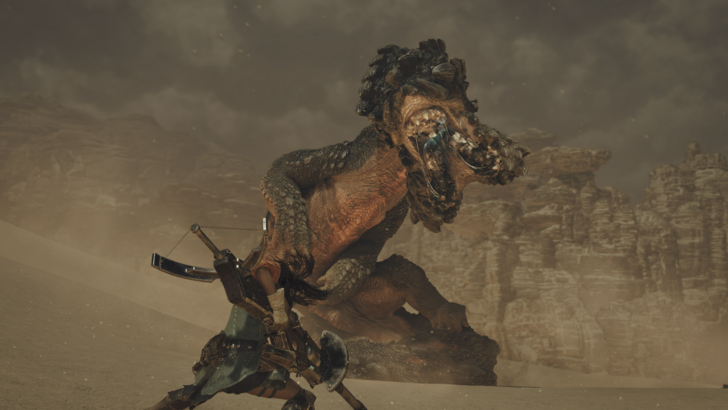
The Summer Game Fest demo showcased diverse biomes, settlements, and NPC hunters. The open-world design allows for flexible hunting strategies, eliminating timed missions. Fujioka noted the focus on realistic interactions: "We emphasized interactions like monster packs pursuing prey, and their conflicts with human hunters. These characters have 24-hour behavior patterns, creating a more dynamic world."
Real-time weather and fluctuating monster populations further enhance the dynamic nature of the game. Tokuda explained the technological advancements enabling this: "Creating a massive, evolving ecosystem with numerous monsters and interactive characters was a major challenge. Environmental changes occur simultaneously—something previously impossible."
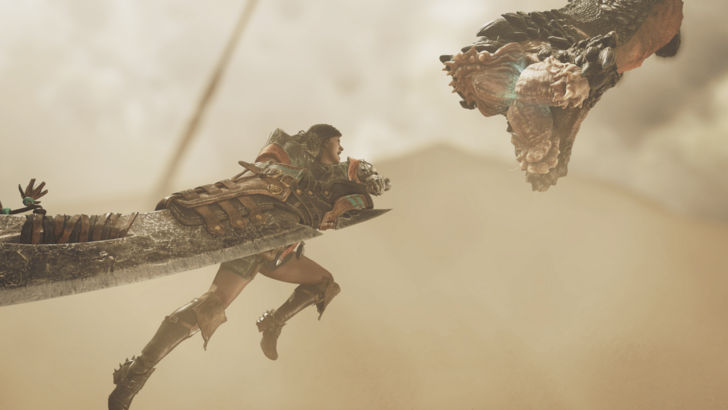
The success of Monster Hunter World informed Wilds' development. Tsujimoto highlighted the impact of a global perspective: "Our global approach to Monster Hunter World, with simultaneous worldwide release and extensive localization, helped us reach players unfamiliar with the series and bring them back."
-
Stay updated on the latest Pokémon GO Raid and Max Battle events! This guide details all scheduled encounters for January 2025, including Mega Raids, Legendary Shadow Raids, 5-Star, 3-Star, and 1-Star Raids, and Max Battles (including Max Mondays). Note that some events, like Steeled Resolve and LuAuthor : Claire Feb 07,2025
-
Superliminal, the critically acclaimed indie puzzle game, is making its way to mobile devices this July! Prepare to escape a surreal, recurring dream. This first-person puzzle adventure, launching July 30th on the App Store and Google Play, challenges players to solve mind-bending puzzles using forAuthor : Natalie Feb 07,2025
-
 Makeover Triple Match 3DDownload
Makeover Triple Match 3DDownload -
 Gun Strike Shoot KillerDownload
Gun Strike Shoot KillerDownload -
 Pop It Mobile Case Fidget ToysDownload
Pop It Mobile Case Fidget ToysDownload -
 Fluffy! Cute LunchboxDownload
Fluffy! Cute LunchboxDownload -
 CROFT ADVENTURES: HOT SPRINGSDownload
CROFT ADVENTURES: HOT SPRINGSDownload -
 Sneaker StarDownload
Sneaker StarDownload -
 Pig RidersDownload
Pig RidersDownload -
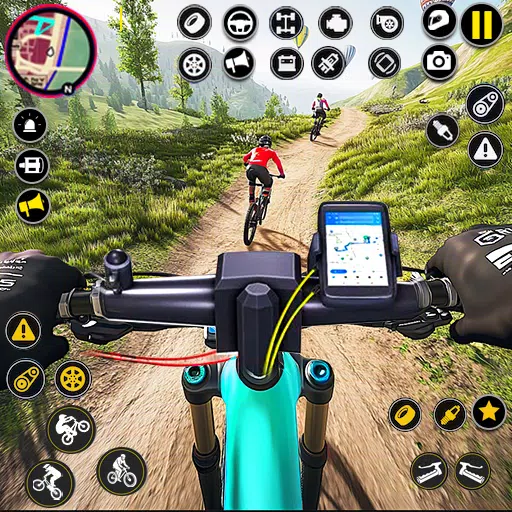 Bmx Racing: Offroad Cycle GameDownload
Bmx Racing: Offroad Cycle GameDownload -
 Little Panda's Town: TreasureDownload
Little Panda's Town: TreasureDownload -
 Animales: Sonidos e ImágenesDownload
Animales: Sonidos e ImágenesDownload
- Hitman Devs' "Project Fantasy" Hopes to Redefine Online RPGs
- Resident Evil Creator Wants Cult Classic, Killer7, to Get a Sequel By Suda51
- The Elder Scrolls: Castles Now Available on Mobile
- Hi-Res Mountain Adventure Arrives on Android
- Deadlock Characters | New Heroes, Skills, Weapons, and Story
- EA Sports FC 25: Breakthrough or Letdown?

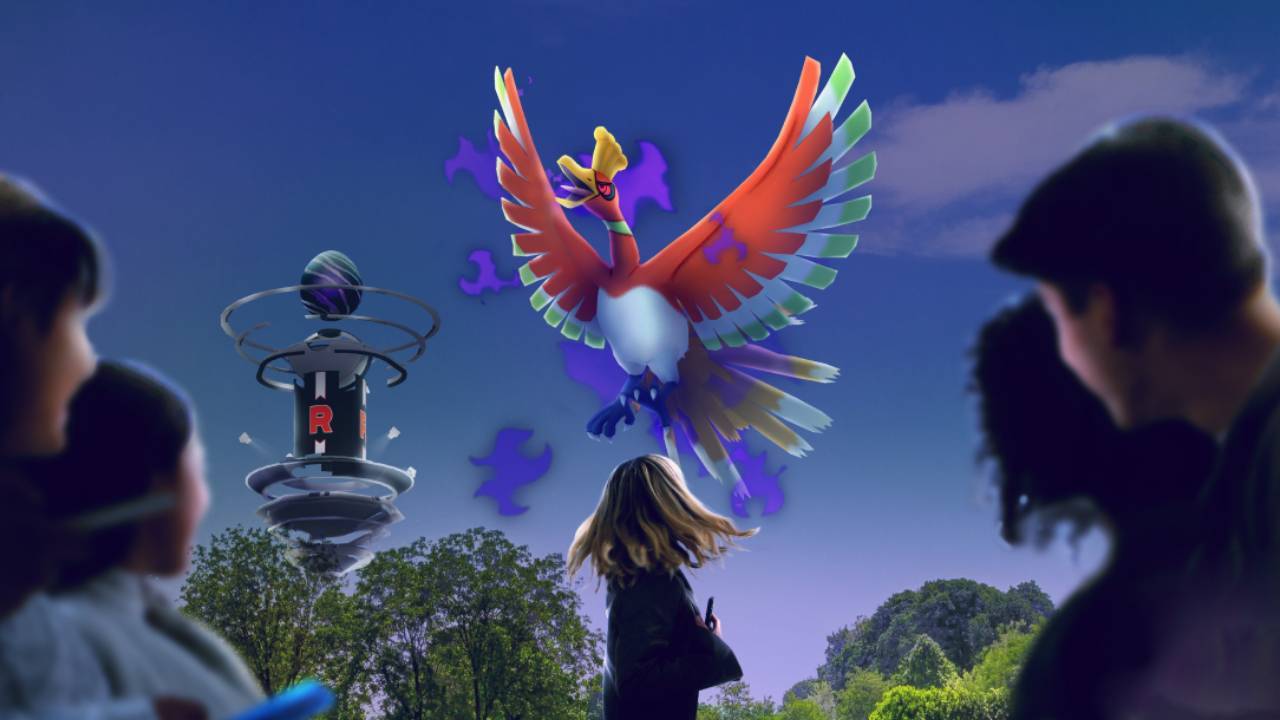

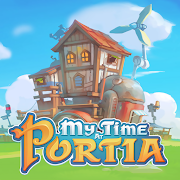



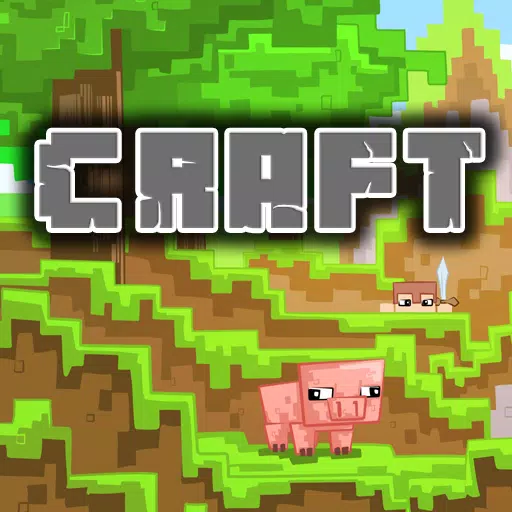
![[777Real]スマスロモンキーターンⅤ](https://images.0516f.com/uploads/70/17347837276766b2efc9dbb.webp)



